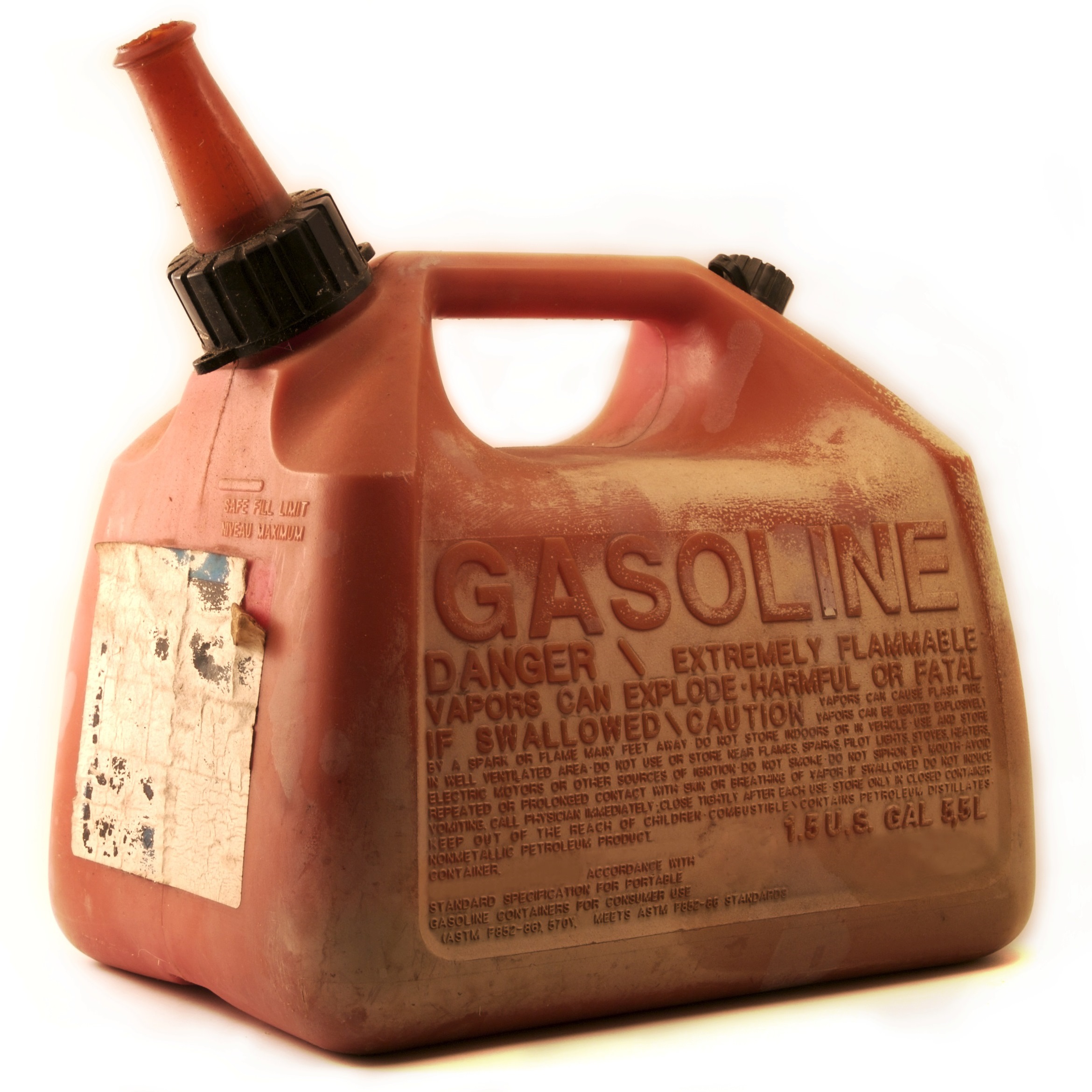
As gasoline prices move toward $3 for a gallon of regular nationwide and experts worry about a spike in oil prices, late this month is the 10th anniversary of $4 gas. The price at the pump broke above the magic number at the end of May and peaked at $4.11 in June. Can gas prices get that high again? If oil jumps above $100 a barrel, it is possible. And in some parts of the United States, particularly sections of California, it already has exceeded that level this month.
Oil at $100 seemed impossible a year ago. Crude was $44. Oil was plentiful, particularly because of a new boom in Canadian and U.S. shale production. No major geopolitical troubles blocked the flow of crude from major oil-producing nations.
The geopolitical pendulum has swung against tranquility throughout parts of the oil-producing world. Tensions that have caused the United States to withdraw from a treaty to control Iran’s nuclear enrichment efforts in exchange for a drop in sanctions will damage Iran’s exports. The deal, which involved other nations and is called the Joint Comprehensive Plan of Action, allowed Iran to export crude.
The Iran situation is not the only reason for a rapid change in crude prices. Venezuela has the largest proven oil reserves in the world. As the government in the country continues in chaos and its economy further disintegrates, its crude production has dropped rapidly. There are no signs the chaos will end and that its oil industry will get fully back online.
Gas prices in some California cities average near $4, and in some stations in these cities, prices have topped that. The average price of a gallon of regular gasoline in San Francisco is $3.80.
The fear of $4 gas has sent economists to their calculation formulas for the effects on the economy. Some experts believe that much higher gas prices will undermine the increase in discretionary income that tax cuts gave to many middle and lower income people. If so, the U.S. economy could be hurt in the second half of the year.
Gas prices last reached $4 a decade ago. They are headed back in that direction. Along with the rise in prices is the anxiety that 2018 could look like 2008.
Thank you for reading! Have some feedback for us?
Contact the 24/7 Wall St. editorial team.



